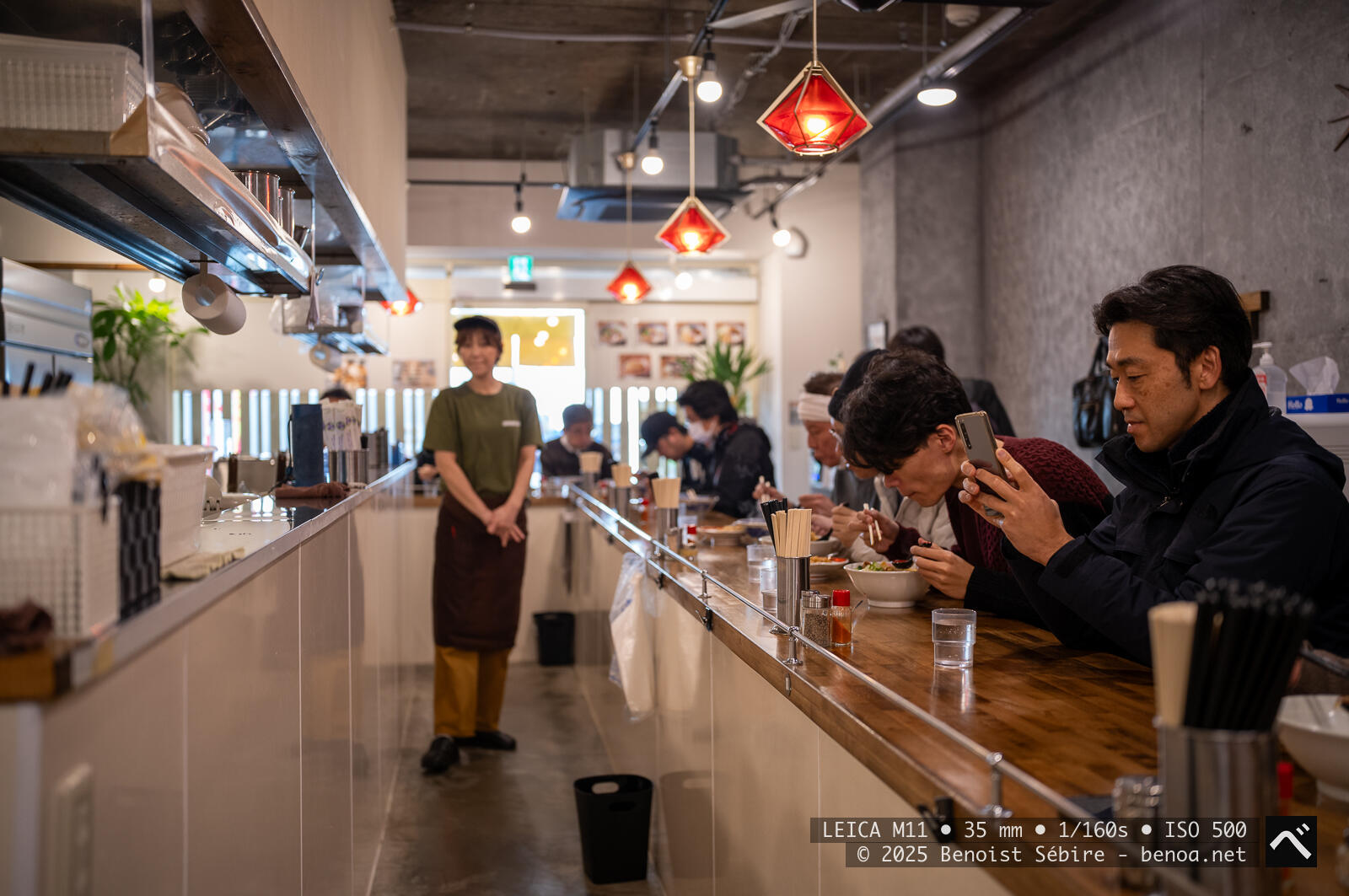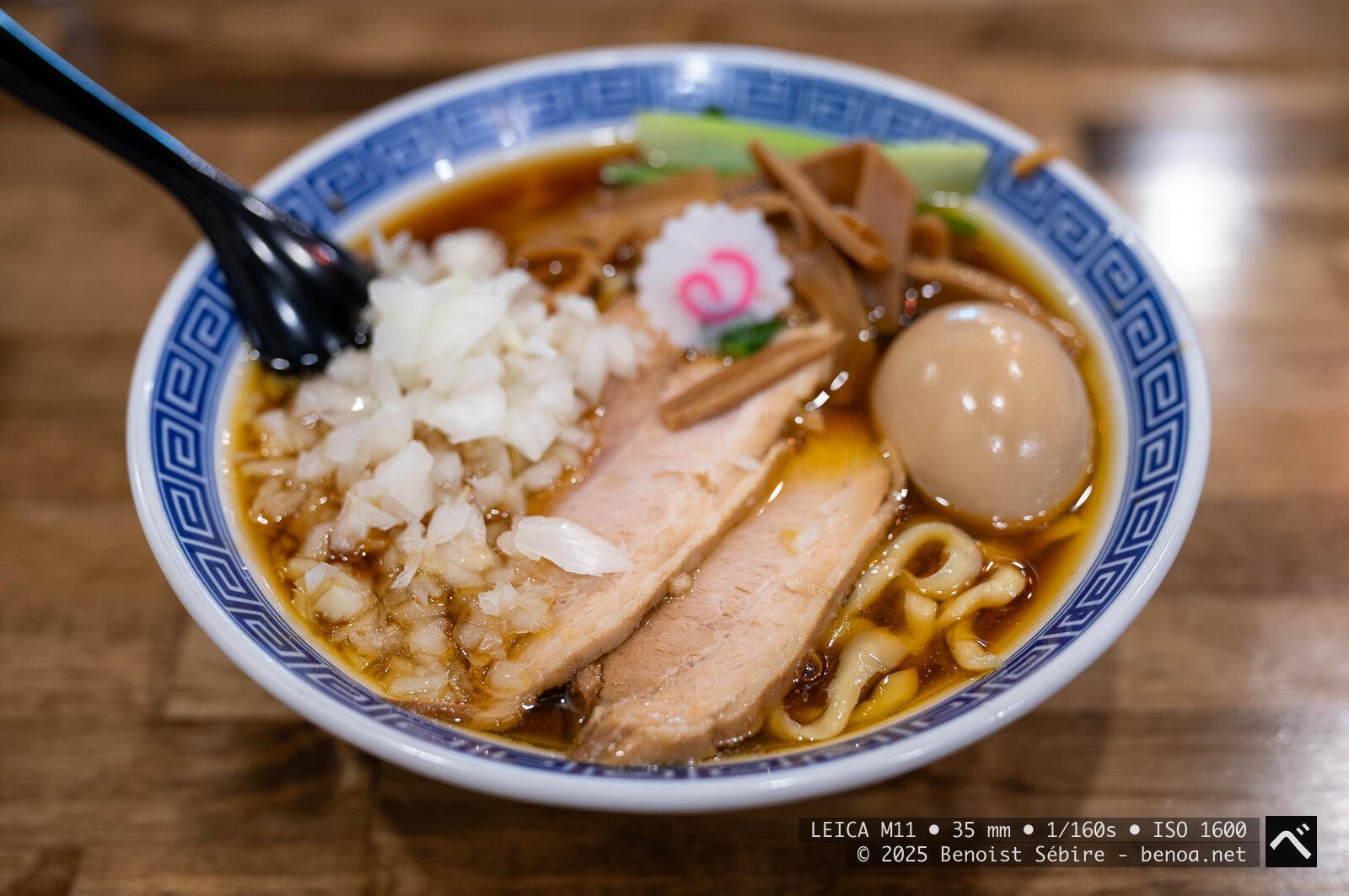Ramen Time

Japanese ramen is a beloved dish that has captured the hearts of food enthusiasts worldwide. Originating from China, ramen has been adapted and perfected in Japan, becoming a staple of Japanese cuisine. The dish is composed of wheat noodles immersed in a savory broth, which can be flavored with soy sauce, miso, or salt, among other seasonings. The broth is often made from a combination of ingredients such as pork bones, chicken, fish, and vegetables, simmered for hours to extract rich, umami flavors.
The toppings for ramen are diverse and can include sliced pork (chashu), soft-boiled eggs (ajitsuke tamago), green onions, nori (dried seaweed), and menma (fermented bamboo shoots). Each region in Japan has its own unique take on ramen, with variations in the broth, noodle type, and toppings. For instance, Hokkaido is famous for its miso ramen, while Kyushu is known for tonkotsu ramen, featuring a creamy pork bone broth.
Ramen shops, known as ramen-ya, can be found throughout Japan, ranging from small, cozy establishments to large chains. These shops often specialize in a particular style of ramen, attracting both locals and tourists seeking an authentic culinary experience. The popularity of ramen has also led to the rise of ramen museums and theme parks, where visitors can sample different regional varieties in one location.
In recent years, ramen has gained international recognition, with ramen shops opening in major cities around the world. Its comforting and hearty nature makes it a favorite among diners, while its versatility allows for endless creativity in flavor combinations. Whether enjoyed in a bustling Japanese alleyway or a trendy urban eatery, ramen continues to delight with its rich history and delicious taste.
This particular ramen shop is just a 10-minute walk from home, having opened its doors a year ago, and is known for its delectable ginger ramen. Look at it: doesn’t it look delicious?


By the way, with a minimum focus distance (MFD) of 30 cm and a 60-megapixel sensor, do you really need a macro lens? As you can see, this setup allows you to capture relatively small objects with impressive detail, making it quite suitable for many macro photography scenarios. The high resolution of 60 megapixels ensures that even fine details are well-resolved.
